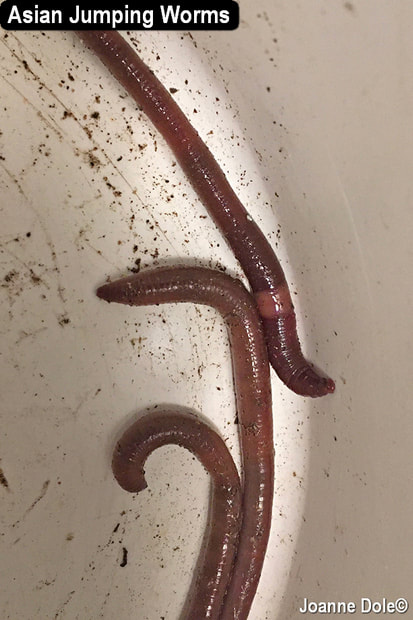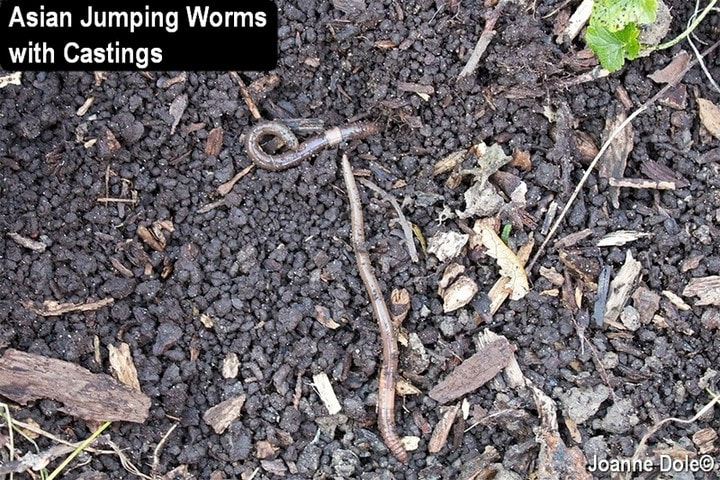|
As the common name suggests, Asian jumping worms (Amynthas spp.) seem to jump or thrash when handled. Little kids and worm lovers might be excited by a find like this in their lawn, garden or woodlot but finding this worm is not beneficial for the native environment. Why Jumping Worms Are A Problem Most worms that you find in the Midwest are European and Asian non-natives. Both of these non-native types alter the native environment, although Asian jumping worms do it at a more alarming rate. Jumping worms grow twice as fast, reproduce more quickly, and can work through organic debris much quicker than other worms. These invasive worms can severely damage the roots of plants in nurseries, gardens, forests, and turf. In areas of heavy infestation, native plants, microorganisms and animals such as salamanders may decline. Asian jumping worms are an annual species; the adults die after the first freeze. But the cocoons, which are about the size of a mustard seed and resemble small pieces of dirt, will survive the winter and hatch when temperatures reach 50°F for a consistent period. These self-fertilizing worms do not need mates and can produce cocoons on their own. Because populations can grow faster than the common European species, they may out-compete existing worm populations. Cocoons can be spread easily in potted plants, on landscaping equipment, mulch, tire treads, and even hiking boots. One telltale sign of an infestation is a very uniform, granular soil created from worm castings that are commonly said to look like coffee grounds. When you scratch the top layer of soil you will see the worms thrashing about with an erratic, snakelike movement. These worms, which can reach 6 inches in length, are much more active than European nightcrawlers. The Asian jumping worm can be found on the soil surface and in the leaf litter, making them easy to find. They can live anywhere from urban parks and suburban backyards to rural forests. You are also very likely to find them in compost piles and along roads. Earthworm species have a body part called the clitellum where egg cocoons are produced. The Asian jumping worm has a prominent clitellum that completely encircles the body, is milky white to light gray, and is flush with the body; the body looks metallic. On European nightcrawlers, the clitellum is raised or saddle-shaped and reddish-brown in color and does not wrap entirely around the body.
Management There is no magic control for these worms once they are found in soil. Asian jumping worms can now be found in the East, Mid-Atlantic, Midwest, and some Northwestern states. Prevention is the best way to keep them from being introduced to new areas. According to Wisconsin Department of Natural Resources, the following steps will reduce the spread of jumping worms:
Until effective research-based control strategies are developed to keep populations of this worm in check, gardeners should closely examine soil, compost, wood chips, and other soil amendments they move on or off their property. Learn how to identify these worms and educate your gardening friends and neighbors so they too can identify these worms. If you do find these worms on your property, never share plants or soil with other gardeners. For more questions regarding Warren County Soil and Water Conservation District programs and/or technical assistance on water or soil questions, visit http://warrenswcd.com or call, 513-695-1337.
0 Comments
|
Details
Warren County SWCD Staff BlogA blog to keep you informed on all the latest news at Warren County SWCD and in the conservation world. Archives
May 2024
Categories
All
|
|
|
Contact:PHONE: (513) 695 - 1337
EMAIL: [email protected] HOURS: Monday - Friday 7:30am - 4:00pm (except holidays) Connect:Warren County Soil & Water Conservation District Copyright © 2016
Warren SWCD Privacy Notice. Emails are serviced by Constant Contact. Constant Contact's Privacy Notice. |


